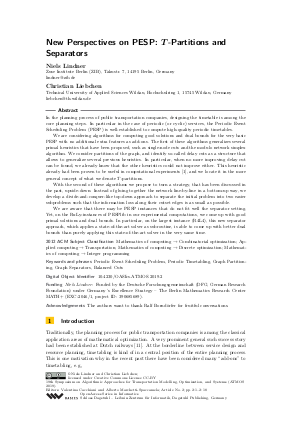OASIcs.ATMOS.2019.2.pdf
- Filesize: 493 kB
- 18 pages

 Creative Commons Attribution 3.0 Unported license
Creative Commons Attribution 3.0 Unported license

























Feedback for Dagstuhl Publishing